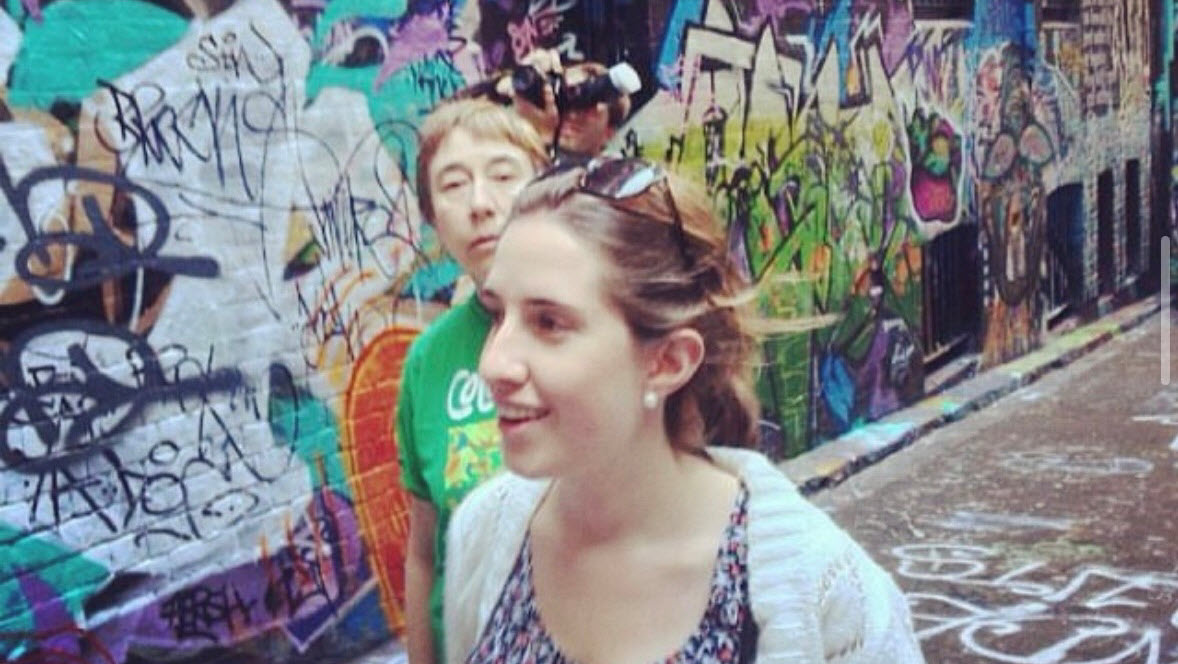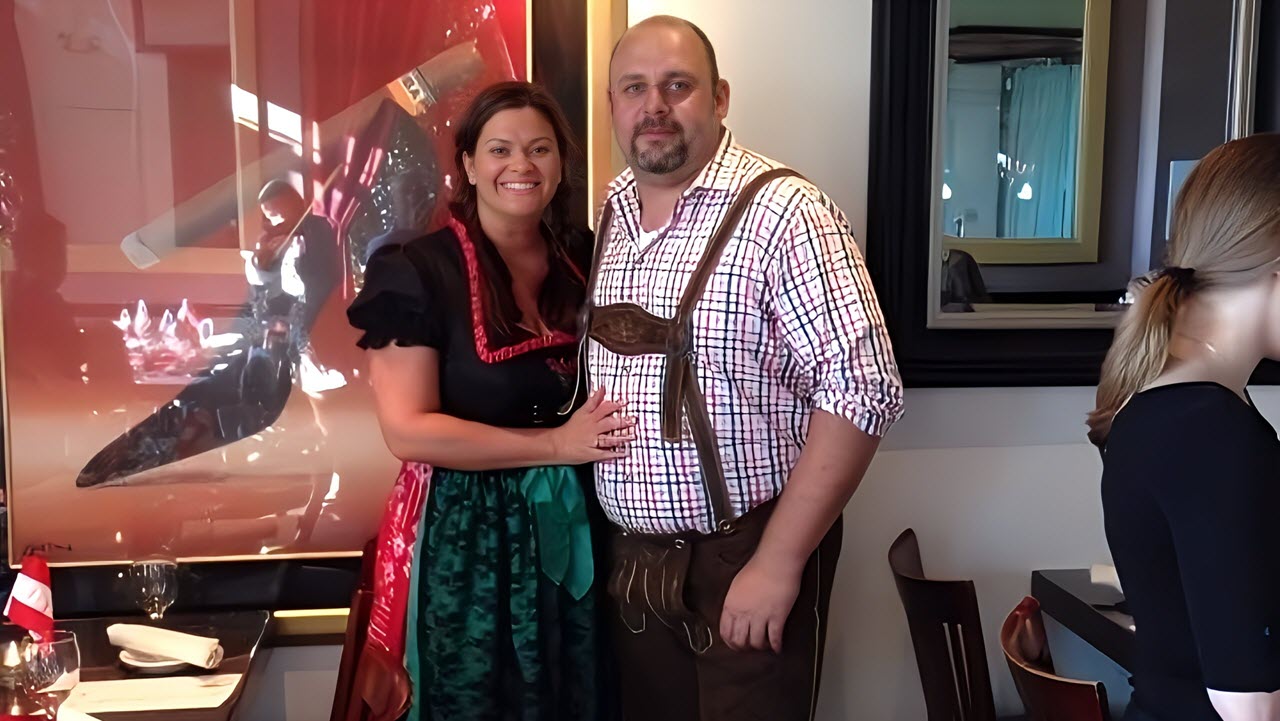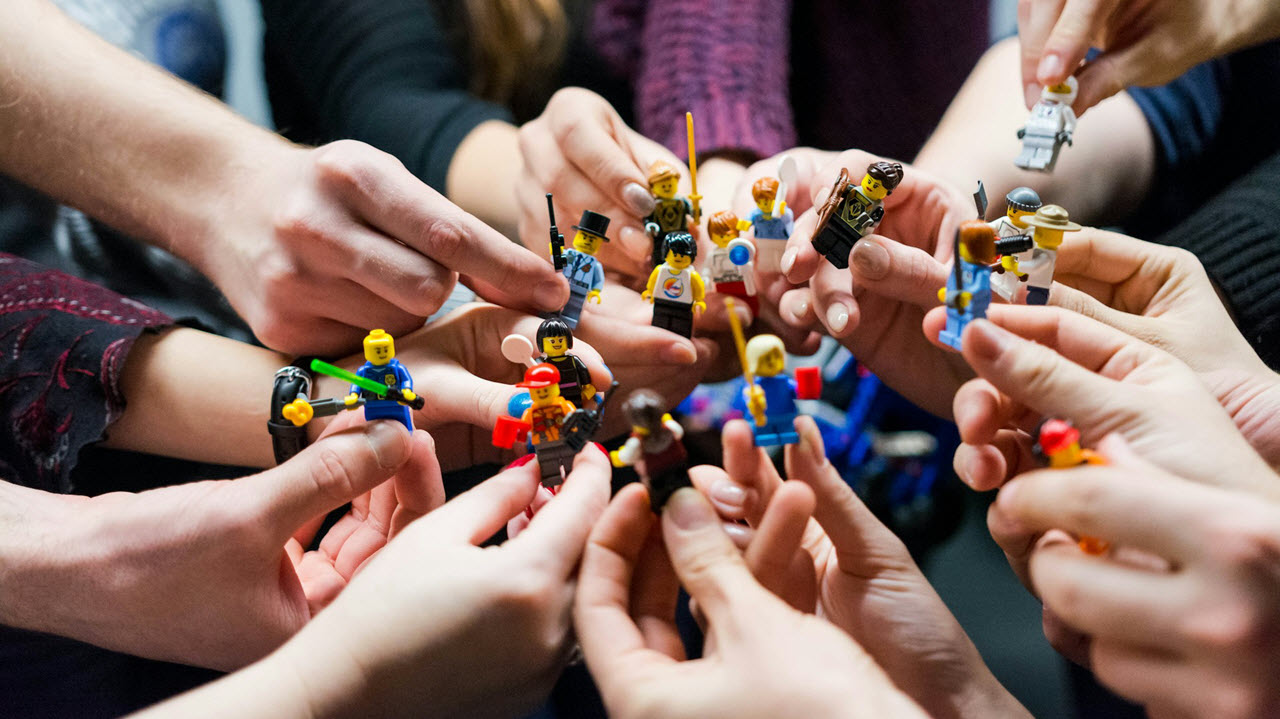
We need habits in order to survive.
From an evolutionary perspective, habits make us more efficient by rendering frequent necessary actions effortless and quick.
Think if every time you wanted to check your email, you had to relearn how to log in, what buttons to press, and what the jargon meant.
Fortunately, our brains are wired so that after a few times of opening our emails, we develop a habit that makes it more efficient.
I became fascinated with habits after reading Charles Duhigg’s “The Power of Habits.”
Approaching change planning with an understanding of how individuals form habits allows change agents to be more human-centric in their solutions and more thoughtful in their implementations.
Often, the adoption of new habits or changing old habits leads to successful transition.
If we understand how people form habits, it becomes easier to find solutions for resistance and create more sustainable change.
The framework of a habit, as Duhigg presents it, is:
- Cue: trigger(s) that fuels the habit, such as time, location, or people
- Routine: an action triggered by the cue and gets you to your reward. Routines are usually the easiest to identify
- Reward: satisfies a “craving” that you might not be aware of, such as a need to socialize, lose weight, or work more quickly
Let’s examine an employee I encountered recently—Elaina.
When Michael begins to give the financial review for the month, Elaina automatically checks her email and stops engaging at the staff meeting.
This has become a habit, which Elaina does without thought.
The cue here is the time and location, and the routine is checking emails.
The reward can be a bit complex to understand.
As Elaina described it, it’s “catching up on emails as they talk about things that don’t impact my department.”
The reward satisfies the craving of not feeling you’re wasting time by having to listen to something you deem irrelevant.
When Michael retired, his replacement stood up to do her first financial presentation to the team.
She observed a pattern.
Seven employees instantly got on their laptops or took their phone out before she even started talking.
Elaina and six colleagues had formed a habit.
Despite the change, the habit persisted as the cues and rewards remained the same.
When Jamie discussed her observation with the team after the meeting, they said they would try to remain “unplugged,” and engaged in the next staff meeting.
Within minutes of the next meeting, Elaina unknowingly fell right back to her habit of checking her emails.
When Elaina attempted to change her habit, she quickly reverted.
Habit formation occurs easily and is often unnoticeable.
When organizational change is being implemented, it disrupts a consistent habit and creates resistance.
Consider this next example.
A nonprofit executive told me one employee’s response to change is to pretend nothing happened.
If a new software system is used, Jose continues to use the old one.
When introducing new methods to run programs, performance reviews show he has continued to use outdated methods.
The employee’s performance, by all available metrics, was suffering.
When asked why he did not enact any of the changes, he claimed they were “disorganized,”.
After all, he had systems in place that allowed him to more effectively carry out the responsibilities of his job—his cues.
Jose enjoyed going home knowing that there were no loose ends to tie up and the systems would flow smoothly the next day—his reward.
The new changes he said, “messed that up.”
A major reason for resistance is that individuals grow comfortable with current systems.
They perceive any change to their well-established processes as disruptive.
If patterned habits are contributing to or are the sole reason for resistance, then a habit change might be necessary.
Changing a habit is difficult, but not impossible.
A habit change is successful if the cue and the reward remain the same, but the routine changes.
Using traditionally employed methods, such as interviews, observations, focus groups, and surveys can be helpful to understand this resistance.
But, reframing our perceptions to look for components that are forming a habit loop would help gain critical insights and develop a more sustainable strategy for habit change.
As Duhigg’s research shows, we must be able to to isolate the cues and rewards of these habits in order to develop a more sustainable approach to behavior modification.
Although we cannot fully erase habits, we can replace them.
To address Elaina’s and her colleagues formed habits, Jamie cut down her presentation to fifteen minutes.
Before she would begin, she emailed relevant reports to the respective departments.
Since they were in the habit of automatically checking emails, she thought a report on finances tailored to them would get their attention.
It did.
Jamie enforced this habit by ensuring its repetition at every meeting.
She would ask people certain questions about their figures to enforce their relevance, such as “Elaina, why were revenues from online sales higher than normal this month?”
The cue remained the same, and the craving for relevancy and efficiency stayed satisfied, keeping the reward. Only the routine changed.
Similar to Jamie, Jose’s supervisor wanted to implement changes while minimizing habit disruption.
She formed an understanding of Jose’s cue and rewards, and interviews with other staff revealed patterns of habits.
When implementing changes, she was sensitive to the current habits of staff.
Remembering that these formed habits have allowed the organization to run efficiently.
Research has shown that a majority of change initiatives fail for a number of reasons ranging from poor planning to lack of sponsorship.
Successful change agents anticipate resistance and reactions by understanding the human at the center of their change.
Having a holistic understanding of how habits are formed and altered would equip the change agent with the right data to shepherd change and develop the right framework to make that change sustainable.






